By: David Novak, Co-Founder & CEO of David Novak Leadership
When was the last time you took a selfie? Selfies are wildly popular and are used to capture a photo of yourself at any moment in time. Did you know that over one million selfies are taken each day? And according to Samsung, selfies make up 30% of pictures taken by those between the ages of 18 and 24.1
How often do you look beyond the external of a selfie? Selfies reflect what you look like on the outside at a particular moment in time. However, selfies fail to reflect the journey you took to get there. A selfie doesn’t show the steps you took to get ready, or the transportation you used to get to your destination, or the history of how you became friends with those in the picture.
As a leader, I’ve learned the importance of digging deeper than the selfie, or individual snapshots of my career milestones, to understand who I am and how I’ve gotten to where I am today. This requires self-awareness. Self-awareness is incredibly important because you’ll never get better at what you do without it. It’s crucial for every great leader to know who they are and where they’ve been.
Let me share the story behind two of my career selfies to help explain the power of reflecting on the past to better understand who you are in the present:
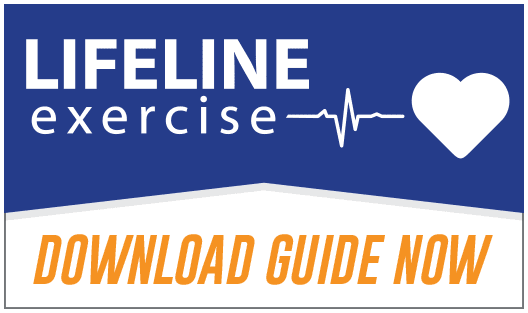 Early in my career, I was surrounded by lots of leaders with MBAs from Ivy League schools, while I only had a Bachelor’s degree in journalism from University of Missouri. Insecurity crept in when I compared their background and training with mine, so I developed a great way to avoid sharing my training with others. Whenever the MBA topic arose, I’d excuse myself to go to the bathroom so I wouldn’t have to answer the question. Over time, I realized this was unproductive and recognized that I had the ability to seek out the knowledge I needed to move ahead – without an MBA. I learned to embrace who I was and my confidence grew.
Early in my career, I was surrounded by lots of leaders with MBAs from Ivy League schools, while I only had a Bachelor’s degree in journalism from University of Missouri. Insecurity crept in when I compared their background and training with mine, so I developed a great way to avoid sharing my training with others. Whenever the MBA topic arose, I’d excuse myself to go to the bathroom so I wouldn’t have to answer the question. Over time, I realized this was unproductive and recognized that I had the ability to seek out the knowledge I needed to move ahead – without an MBA. I learned to embrace who I was and my confidence grew.
Fast forward… I was now the head of marketing at Pepsi-Cola Company and wanted to become Chief Operating Officer – even though I had ZERO operations experience. Given the confidence I gained through the years, I decided to ask the CEO for this job. I had a good working relationship with the CEO and I knew I wasn’t the obvious choice, so I made him a deal: Test me in this role, and if I don’t succeed, you can put me back in marketing or fire me. The CEO took a chance on me and neither he nor I ever regretted his decision.
Have you ever reviewed your career selfies to gain self-awareness about who you are and where you’ve been? This may seem like a daunting task, but it’s worth the effort, and The Lifeline Exercise can help. This exercise is an invitation to take a hard look at your past and think about the events that have most deeply shaped you, your values and your goals. When complete, you can review this periodically to remember where you’ve been and what you’ve learned from the various selfies in your career.
Are you ready to review your career selfies and dig deeper than the milestone itself to understand how you became the leader you are today? If so, you can download The Lifeline Exercise here. It includes instructions on how to complete your lifeline and an example of my lifeline for you to review.
As Toa Te Ching says, “Knowing others is intelligence; knowing yourself is true wisdom.” Take the time to know yourself better by creating your lifeline. You might be surprised by what you discover and how it helps you become an even better leader in the future.
1 https://techinfographics.com/selfie-infographic-selfiegraphic-facts-and-statistics; Taking People With You p. 34-35 Lifeline tool instructions: Taking People With You p. 35-37



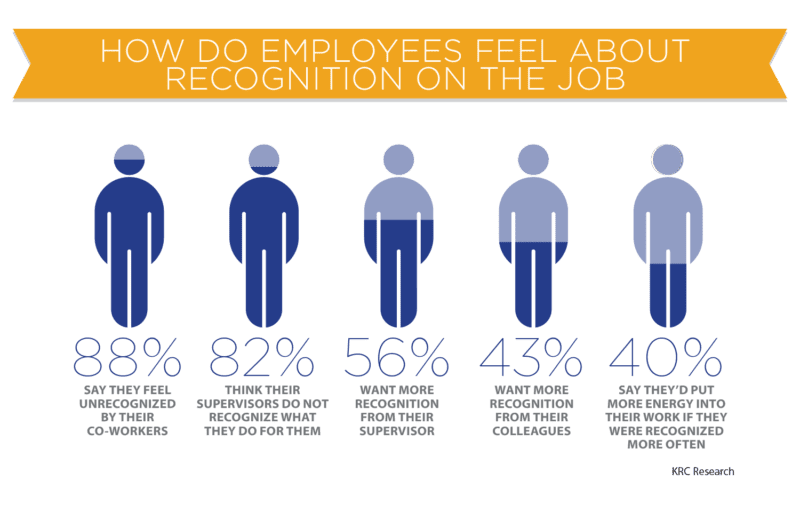
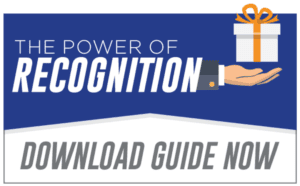
 The Tuba is engraved with the signatures of each board member and is proudly displayed in my office. This is special to me because it confirmed that people were excited about learning to lead more effectively through the principles in Taking People with You. When I look at the Tuba, it inspires me to keep sharing these leadership lessons with people like you through David Novak Leadership.
The Tuba is engraved with the signatures of each board member and is proudly displayed in my office. This is special to me because it confirmed that people were excited about learning to lead more effectively through the principles in Taking People with You. When I look at the Tuba, it inspires me to keep sharing these leadership lessons with people like you through David Novak Leadership.














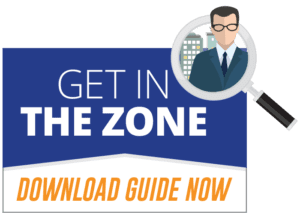
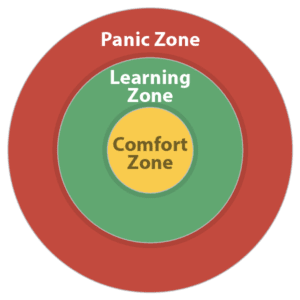 Understanding the Learning Zone
Understanding the Learning Zone 








